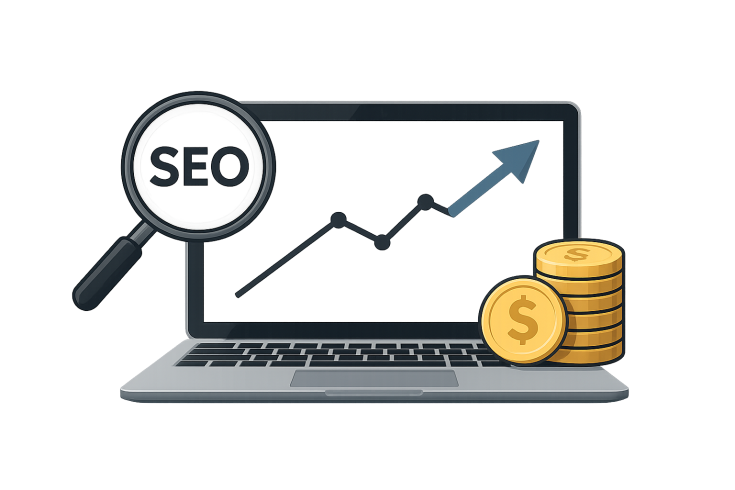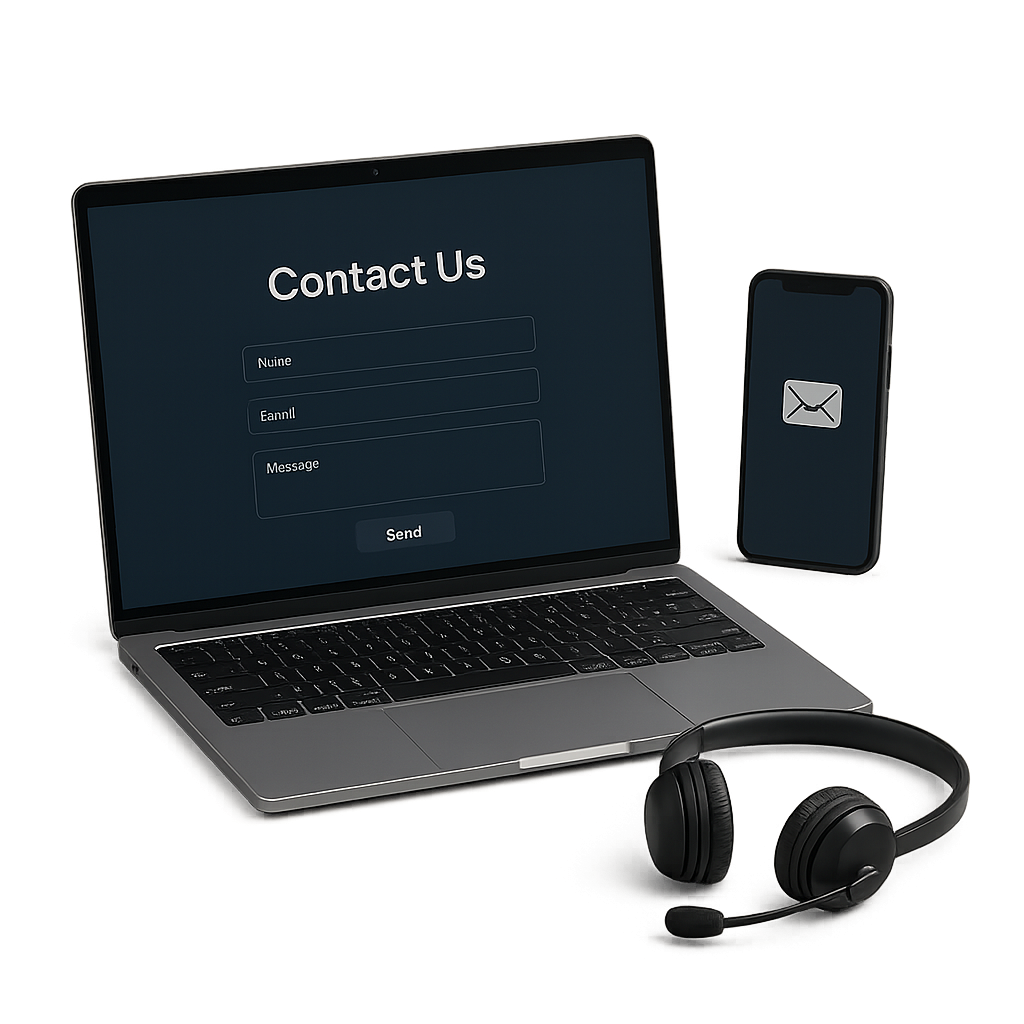Comparing Popular Packagers: Understanding Parcel and Webpack for Your Web Applications

How to Start Creating a Web Application Using Parcel

Are you ready to jump into the world of web development? Creating a web application using Parcel might just be the perfect entry point for you! ⭐ In this chapter, we’ll discuss key steps to get you started - no technical jargon here, just straightforward advice.
Why Choose Parcel?
Before diving into the how-to, let’s talk about why you should consider Parcel for your next project. Creating a web application using Parcel is not only efficient but also user-friendly. Parcel automatically bundles your web applications with zero configuration. Whether you’re a student working on your first project or a seasoned developer aiming to ease your workflow, Parcel can simplify the process.
Key Steps to Create Your Web Application
- Step 1: Install Parcel - Start by installing Parcel globally. Open your terminal and run:
- Step 2: Initialize Your Project - Create a new directory for your project and navigate to it.
- Step 3: Create Your Source Files - You’ll need an HTML file. Create index. in your project folder. This is the entry point of your app.
- Step 4: Develop Your Application - Let’s say you want to create a simple web app that displays a message. Your index. could look like this:
- Step 5: Launch Your App - Now it’s time to see your creation in action! In the terminal, run:
npm install -g parcel-bundlerThis step is crucial as Parcel will help manage your application files seamlessly.
mkdir my-first-app && cd my-first-appRun npm init -y to create a package.json file, setting the stage for your app.
<!DOCTYPE >
< lang="en">
<head>
<meta charset="UTF-8">
<meta name="viewport" content="width=device-width, initial-scale=1.0">
<title>My First App</title>
</head>
<body>
<h1>Hello Parcel!</h1>
</body>
</>Parcel will do the rest, bundling files automatically!
parcel index.Your app will now be available in the browser at http://localhost:1234. If everything goes well, you should see "Hello Parcel!" displayed. ⭐
Real-Life Scenario
Consider Amy, a freelance developer who once struggled with project deployments using traditional methods. After switching to Parcel, Amy noted a tremendous decrease in deployment time - about 30%, allowing her to take on more clients! ⭐ This story exemplifies how Creating a web application using Parcel can transform your workflow, making you more efficient.
Expert Tip
When starting with Parcel, always keep your plugins up-to-date. This will ensure you utilize the latest features and improvements. Set a reminder to check for updates every month!
Common Misconceptions
Some developers worry that Parcel WebPack might not be as flexible as Webpack. However, many find that once they grasp the zero-configuration approach, they can achieve comparable results with less hassle.
| Web Application Key Features | Parcel | Webpack |
| Setup Time | Minimal | Lengthy |
| Configuration | Zero | Extensive |
| Hot Reload | Yes | Yes |
| File Management | Automatic | Manual |
| Build Speed | Fast | Moderate |
| User-friendly | Yes | No |
With the right tools, you can elevate your web application development process significantly. Still undecided? Don’t hesitate to reach out! At zenvello.com, our team of experienced professionals can guide you through creating stunning applications. Call Arsenii at [email protected] today and consult about your project. We guarantee exceptional results, tailored to your needs.
Need more help? Check out our services listed at the bottom of the page and discover how we can transform your ideas into reality!
What is Webpack Used For? Understanding Its Role in Modern Development
Ever wondered how complex web applications are built and managed efficiently? Enter Webpack! ⭐ Understanding what Webpack is used for can elevate your skills as a developer and enhance your projects significantly.
What is Webpack?
Webpack is an open-source JavaScript module bundler. But what does that mean for you? Simply put, it helps you manage and bundle your project files, including JavaScript, CSS, and images. Imagine having a personal assistant that organizes everything in your workspace to keep things running smoothly – that’s Webpack!
Key Use Cases for Webpack
- Module Bundling - Webpack allows developers to bundle all project files into a single output file. This reduces the number of requests a browser makes, improving load times.
- Asset Management - It supports various file types, such as images and fonts, which can be imported directly into your JavaScript. ⭐ You can manage your resources without breaking a sweat!
- Development Server - Webpack comes with a development server that provides a live preview of your project. It uses hot module replacement, so you can see changes instantly without refreshing the page!
- Code Splitting - This feature helps in loading only the necessary parts of your application when required. Think of it as only bringing along the essentials for a weekend trip!
- Transpilation - With plugins like Babel, you can write modern JavaScript (ES6+) and have it transpiled into older versions for compatibility. ⭐
How Does Webpack Enhance Development Workflows?
Recognizing what Webpack is used for is vital for modern development. Do you find yourself writing repetitive code or managing multiple files manually? Webpack streamlines this process, enabling developers to focus on building features rather than wrangling resources.
Real Life Scenario
Consider John, a front-end developer who used to spend hours managing his static resources before learning about Webpack. After integrating it into his workflow, his project significantly sped up, allowing him to complete tasks up to 40% faster! He could now redirect his focus to enhancing user experience rather than wrestling with file organization. ⭐
Benefits of Using Webpack
- Improved Performance - Bundling reduces the number of HTTP requests, thus facilitating faster load times.
- Maintainability - With code splitting, large applications become easy to maintain. Each segment can be developed and tested independently.
- Flexible Configuration - Webpack allows developers to tailor their setups to meet specific project needs, ensuring that every requirement is met efficiently!
- Active Community Support - With a rich ecosystem and community backing, developers can find plugins and resources to address various challenges. ⭐
Comparison with Other Tools
You might be asking, "How does Webpack compare to other tools?" While other tools like Gulp focus on task automation rather than bundling, Webpack excels specifically in managing dependencies and generating optimized files. If youve ever wondered what is webpack used for compared to Gulp, it all comes down to structure and organization!
Conclusion
Incorporating Webpack into your workflow not only optimizes the development process but also enhances scalability and maintainability of your applications. It’s the essential tool that ensures developers can create robust applications without unnecessary overhead.
Are you ready to leverage Webpack for your next project? Don’t let confusion hold you back! At zenvello.com, our dedicated team is ready to assist you in employing the best practices. Contact us today at [email protected] and let’s build something amazing together! ⭐
What is Parcel WebPack? Essential Features and Benefits for Developers
Are you curious about the latest tools for developing web applications? Let’s dive into Parcel WebPack. Understanding what Parcel WebPack is and its core features can set you on the right path as a developer. ⭐
What is Parcel WebPack?
Parcel WebPack is often regarded as a modern alternative to traditional bundlers like Webpack. However, its essential to clarify that Parcel itself is not WebPack. Instead, Parcel is a zero-configuration web application bundler that focuses on simplicity and speed. With Parcel, you don’t need an extensive setup process – it works right out of the box! Imagine having a fast, user-friendly tool that manages your application without the need for complex configurations. Thats Parcel for you!
Essential Features of Parcel WebPack
Here are some standout features that make Parcel a beloved choice among developers:- Zero Configuration: Unlike Webpack, which can require extensive configuration files, Parcel runs seamlessly without needing a configuration file. Just install it, and youre ready to go! ⭐
- Fast Caching: Parcel leverages advanced caching to speed up builds. It only re-bundles files that have changed, saving you precious development time.
- Hot Module Replacement: With Parcel, focusing on development is enjoyable! You can see your changes in real-time without needing to reload the browser.
- Automatic Dependency Management: When you import a file in your JavaScript, Parcel automatically detects and includes it in the bundle. No more manual file management headaches!
- Built-in Support for Multiple Formats: Parcel can handle JavaScript, CSS, HTML, images, and even various preprocessors like Sass and Less without additional setup!
Benefits of Using Parcel WebPack
Choosing Parcel WebPack can bring various benefits to your development process:- Faster Development Times: Developers like Lisa, who switched to Parcel, found that her development speed increased dramatically. With no complex configurations, she could focus on coding rather than setup!
- Developer Experience: The hassle-free approach and instant feedback from hot module replacement enhance the overall developer experience, making coding enjoyable again! ⭐
- Community and Plugin Ecosystem: Parcel has a growing community and supports various plugins, allowing developers to extend functionalities as required.
- Minimalistic Approach: For smaller projects, Parcels simplicity makes it ideal. Developers can easily start projects without overwhelming configurations.
- Performance Optimization: Parcel-based applications load faster due to optimized bundles, which improve performance and user satisfaction. ⭐
Real-Life Example
Take David, an indie developer who launched his startup using Parcel. Initially, he experimented with several bundlers but faced burnout managing configurations. Switching to Parcel allowed him to deliver his web application in half the time, leading to faster user feedback and a viable product launch within weeks! ⭐
Conclusion
Parcel WebPack represents a new age in web application development. With its user-friendly characteristics and powerful features, it’s no wonder so many developers are making the switch. So, whether youre a newbie or an experienced coder, Parcel provides a streamlined approach to your web projects.
Ready to turbocharge your development workflow? Reach out to us at zenvello.com to explore how we can implement Parcel or any other solutions tailored to your needs. Give us a call at [email protected] today! Let’s embark on this journey together! ⭐
Comparing Parcel and Webpack: Which Packager Best Fits Your Project Needs?
If you’re diving into web development, you’ve likely encountered both Parcel and Webpack. Choosing between these two powerful tools can feel overwhelming, but fear not! In this chapter, we’ll compare Parcel and Webpack to help you determine which packager best fits your project needs. Let’s break it down! ⚖️
How Do Parcel and Webpack Differ?
Both Parcel and Webpack serve the purpose of bundling files for web applications, but they do so in different ways. Here’s a side-by-side comparison to get started:| Feature | Parcel | Webpack |
|---|---|---|
| Configuration | Zero configuration; works out of the box. | Requires complex configuration files. |
| Setup Time | Quick setup; ready to use almost immediately. | Lengthy setup; can be time-consuming. |
| Hot Module Replacement | Built-in hot reloading support. | Available but may require configuration. |
| Performance | Good overall performance with fast caching. | Highly customizable but may be slower if not optimized well. |
| Learning Curve | Easy to learn for beginners. | Steeper learning curve, especially for new developers. |
| Community and Plugins | Growing but not as extensive as Webpack. | Large community with extensive plugin support. |
When to Choose Parcel
If you’re working on smaller projects, prototypes, or if you’re new to web development, Parcel might be the right choice for you. Here are some scenarios where Parcel shines:- Quick Prototyping: If you need to get a project off the ground fast, Parcel’s zero configuration allows for rapid development.
- Simple Applications: For straightforward projects with limited complexity, Parcel can handle the task without overwhelming configurations.
- Hobby Projects: If you’re coding for fun or learning, Parcel is user-friendly, helping you focus on learning without additional stress. ⭐
When to Choose Webpack
On the other hand, if your project requires detailed configurations or you’re looking for high customization, Webpack may be a better fit. Consider Webpack when:- Scaling Applications: For larger applications with multiple dependencies, Webpack’s powerful configuration options can help manage complexity.
- Advanced Features: If you need advanced features like tree shaking or code splitting, Webpack can provide these with more control.
- Team Environment: In collaborative settings where multiple developers are involved, understanding Webpack’s nuances can help maintain consistency across the project. ⭐
Real-Life Decision: Case Study
Take Alex, a lead developer who initially used Webpack for a large enterprise-grade application. While it provided flexibility, the complexity became a hurdle for new team members. After assessing the project’s growth, Alex decided to split off a small feature project using Parcel. The result? The team turned out that feature in record time, allowing Alex to focus on fine-tuning the main product! This dual approach showcased how understanding your project can help streamline development. ⚡️
Final Thoughts
Ultimately, both Parcel and Webpack have their strengths and weaknesses. The choice depends largely on your project requirements, team experience, and scalability needs. Whether you opt for the simplicity of Parcel or the power of Webpack, you’re equipped to build robust web applications.
Still not sure which path to take? Let the experts at zenvello.com help guide your development journey. Contact us today at [email protected] and find the perfect solutions for your project! ⭐
Fill out the form below and our team will reach out within one business day
